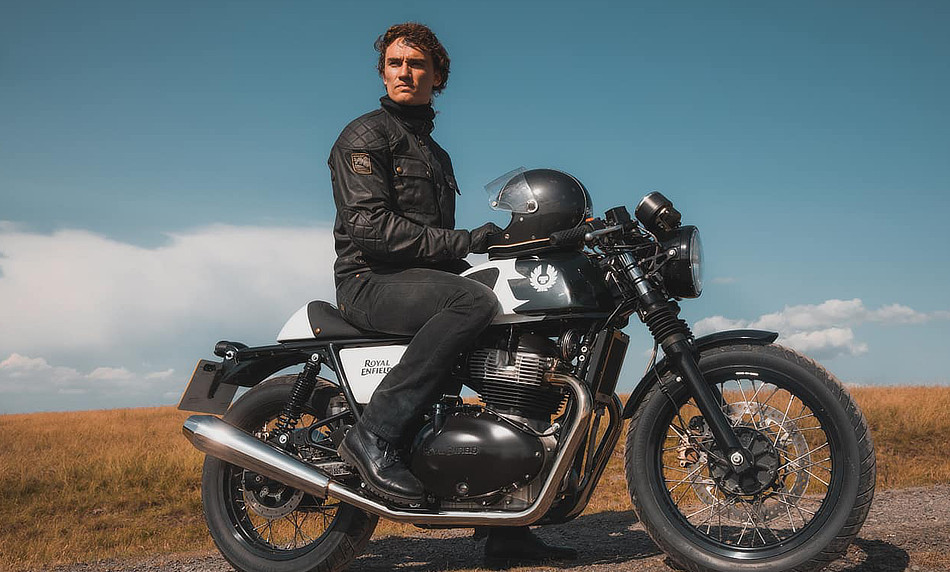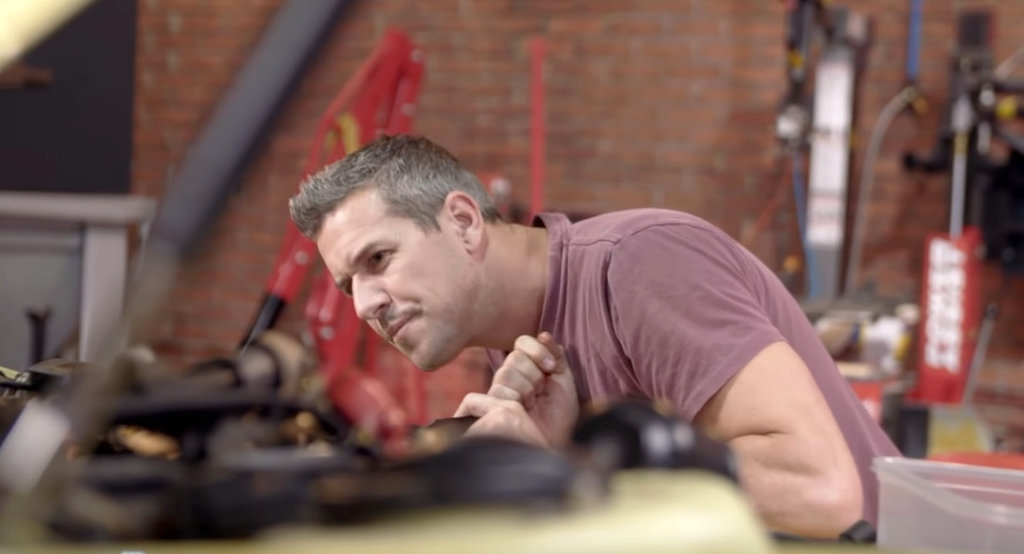One of the most important aspects of motorcycle safety is ensuring that you are wearing all the proper clothing and gear every time you ride. This is especially important when you are learning to ride a motorcycle. Motorcycle gear is not just there to make you look cool; it serves a purpose. Every piece of clothing and motorcycle gear is specifically designed to shield you from the elements as well as to protect you in the event of an accident. Some types of gear may even be required by state law depending on where you live.
For example, in the state of Minnesota, you are not allowed to operate a motorcycle without the use of eye protection and you must wear a helmet if you are under the age of 18. However, even if you are not required to wear a motorcycle helmet after the age of 18, it may be in your best interest to do so. Motorcycle helmets are designed to prevent serious head injuries, concussions, and also to save lives. Eye protection is used to prevent insects, debris, sand, and other substances from getting into your eyes and obstructing your vision when you are driving. Also, eye protection prevents your eyes from watering when they are exposed to high winds when riding at greater speeds. As mentioned before, each piece of motorcycle gear is designed for specific purposes that help to keep you safe when operating a motorcycle.
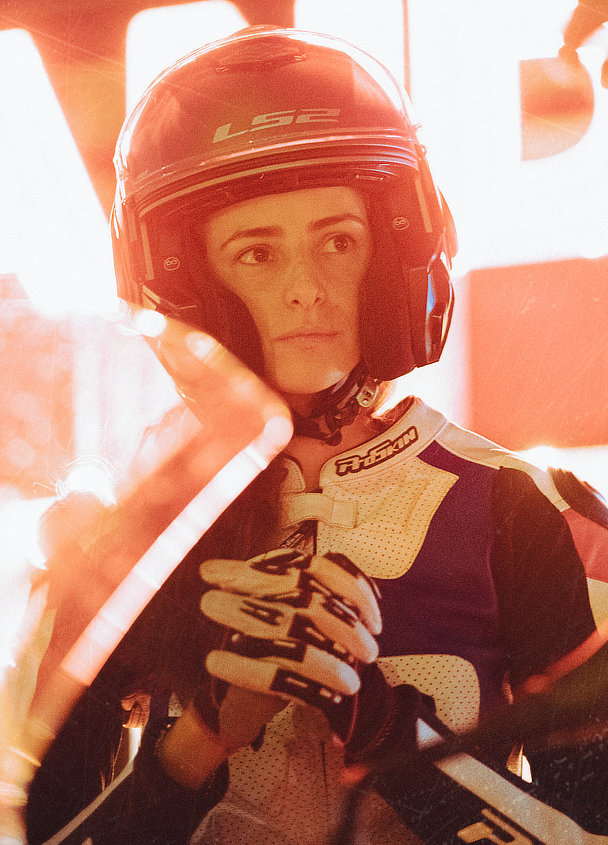
Before beginning to ride a motorcycle, you are going to want to familiarize yourself with all the different types of motorcycle gear that are available to you. You will also need to understand your local state laws about what kind of gear is required when it is required, and how to ensure the gear is properly manufactured and up to federal and state safety standards. Again, even though not all the motorcycle gear may be required to be worn by your state, when you are first learning to ride and when you are an inexperienced rider, it may be in your best interest to wear all the essential gear.
So, how do you know which types of motorcycle gear are essential when you are first learning to ride? Here is a list of the most essential motorcycle gear that you will need when first learning to ride a motorcycle.
Helmet:
Motorcycle helmets are probably the most important piece of motorcycle helmet equipment that should be worn at all times by both new and experienced riders. The helmet is designed to protect your head if it should come into contact with the ground or another vehicle, and depending on the design of the helmet, it can protect your face as well as provide much-needed eye protection. There arethree main helmet designs to choose from. There are full-face, open-face, and fill-up helmets.

For new riders, it is recommended that they use a full-face motorcycle helmet that provides the most protection to the head, neck, and face. However, although the other helmet types provide a little less protection, they are still sufficient for keeping your head safe in the event of an accident.
Jacket:
A proper motorcycle jacket can come in leather, textile materials, or a mix of both. Additionally, some jackets may include padding and/or could be lined with abrasion-resistant materials like Armacor, Kevlar, and Dynatec. A motorcycle jacket is essential to protect your skin from road rash, and if the jacket contains padding, it can help protect your arms, elbows, and shoulders in the event of an accident.
If you live somewhere with extremely hot summers, you may want to consider a textile motorcycle jacket that contains a ventilation system to help keep you cool when the jacket is being worn. Leather jackets that are at least 1.4-mm thick can be a great protector, however, they can be hot to wear sometimes in the summer.
Pants:
When it comes to proper motorcycle pants, jeans are the most common. However, you should invest in motorcycle jeans that are reinforced with Kevlar. Regular denim may not be enough to protect you from road rash if you happen to fall off of your bike. Also, just like motorcycle jackets, there are motorcycle pants made from a textile material that can be waterproof, contain ventilation, and have some padding. Often, you can purchase an entire textile motorcycle suit with a matching jacket and pants.
Boots:
Having the proper footwear while riding a motorcycle is necessary to protect your feet and ankles. You never want to ride a bike wearing sandals. There are two main types of motorcycle boots.
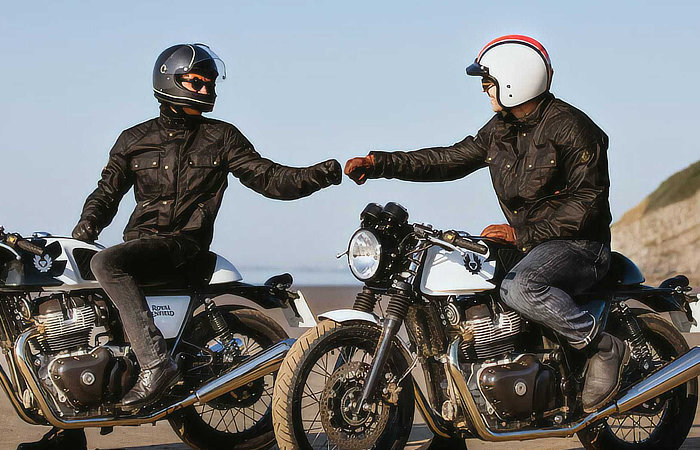
First, there are waterproof leather boots, that contain a steel-toe or plastic reinforced toe box, and armor across the ankles. Second, there are road or race boats. Both types are considered sufficient to protect your feet while operating a motorcycle.
Gloves:
Motorcycle gloves are essential to protecting your hands in the event of an accident. It is a natural reaction to put your arms and hands out in front of you when you take a fall. Wearing gloves will protect your palms from abrasions and they can help support your fingers and wrists when you tumble at speed. Also, gloves can help keep your hands warm when you are riding.
Body Armor:
The padding that comes in motorcycle jackets and pants is typically designed to provide increased abrasion protection and they often are not crash-rated. Purchasing and wearing crash-rated padding for your shoulders, elbows, back, and hips may be a wise investment, especially when you are a new rider.
Eye Protection:
If your motorcycle helmet has a visor, then you may want to consider a helmet that contains a treated visor that prevents fogging, that provides UV protection, and is collision-resistant.
If your helmet is open-faced, then you may want to consider purchasing a proper pair of motorcycle goggles. At a minimum, you should have a pair of glasses or sunglasses that can cover your eyes while riding. Ensuring that your eye protection is tinted can help shield your eyes from glare and allow you to see the road better when it is bright and sunny.
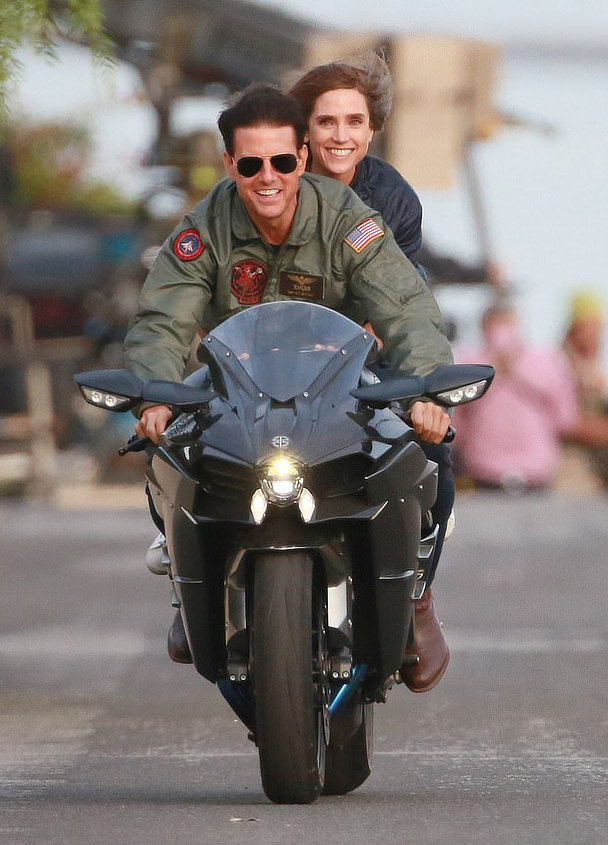
Even though these seven essential types of motorcycle gear may not be mandated by state law where you live, it is still important to wear most, if not all of this recommended safety gear. Each piece of gear serves its purpose and will help to keep you safe, especially when you are first learning to ride a motorcycle.
